
Colic How Do I Know If My Baby Has Colic and How To Soothe Them Baby breastfeeding, Newborn
Infant colic is a commonly reported phenomenon of excessive crying in infancy with an enigmatic and distressing character. Despite its frequent occurrence, little agreement has been reached on the definition, pathogenesis or the optimal management strategy for infant colic.

Colic in Babies How to Know if your Baby has Colic? (and How to Calm Colic!) (With images
Colic is when a healthy baby cries for a very long time, for no obvious reason. It is most common during the first 6 weeks of life. It usually goes away on its own by age 3 to 4 months. Up to 1 in 4 newborn babies may have it. Colic is defined as when a baby's crying: Lasts for more than 3 hours a day. Happens more than 3 days a week.

Colic in Babies How to Know if your Baby has Colic? (and How to Calm Colic!) Colic baby
Rock your baby or slowly walk around the house. Play a white noise machine or try standing near a running faucet. Go for a drive with your baby (unless the crying causes you to become distracted). Place a warm towel on your baby's tummy. Allow your baby to have some tummy time while they are awake and rub their back.

Colic in Babies Causes, Symptoms, Diagnosis, Treatment & Prevention
Colic relievers come in several different forms: Colic relief drops: Liquid colic relievers usually come in bottles with a dropper or oral syringe. These solutions are intended to help a variety of baby ailments, including gas, colic, upset stomachs, reflux, and hiccups — all things that can lead to excessive fussiness.

Pin on baby
Overview Colic is frequent, prolonged and intense crying or fussiness in a healthy infant. Colic can be particularly frustrating for parents because the baby's distress occurs for no apparent reason and no amount of consoling seems to bring any relief. These episodes often occur in the evening, when parents themselves are often tired.
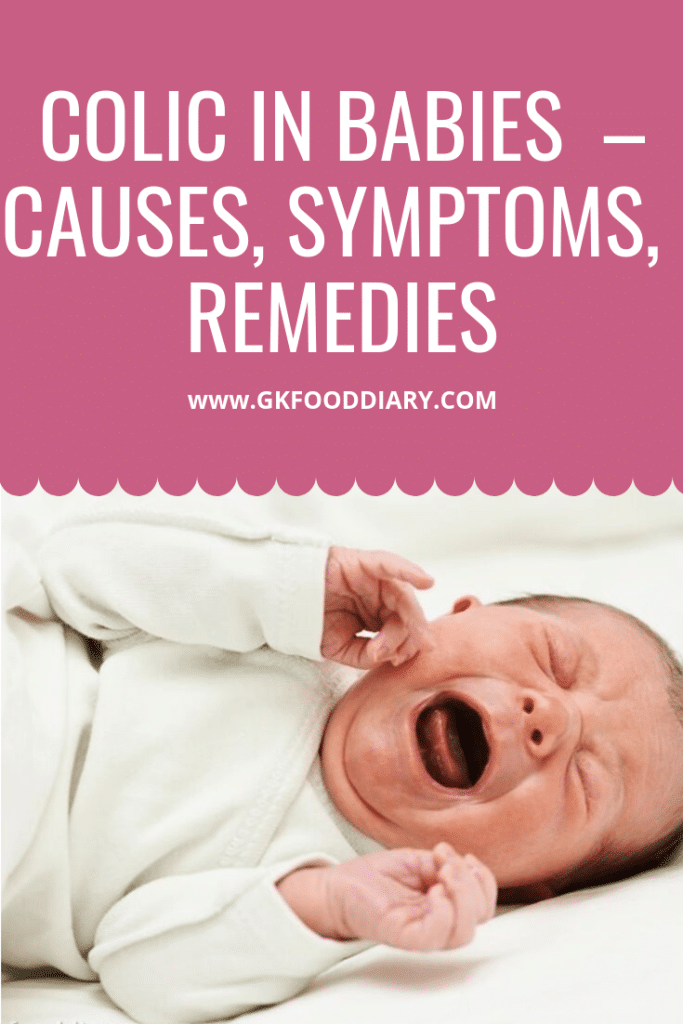
Learn 10 tips and traditional remedies to soothe a colicky baby
It's normal for babies to fuss and cry. Babies who have colic cry more than most babies, even though they're otherwise healthy. Other features of colic can include: Crying for no obvious reason. For example, if they're not hungry or don't need a diaper change. Crying around the same time each day.

What Is Colic? What Causes It? And How Can Baby Massage help
Step 1: Identify your child's colic window. As we mentioned earlier, colic crying tends to happen around the same time each day - and oftentimes later in the day. Once you know the general timing of your baby's colic spells, you can try to comfort your baby or make changes before the colic window starts. This may help reduce the intensity.
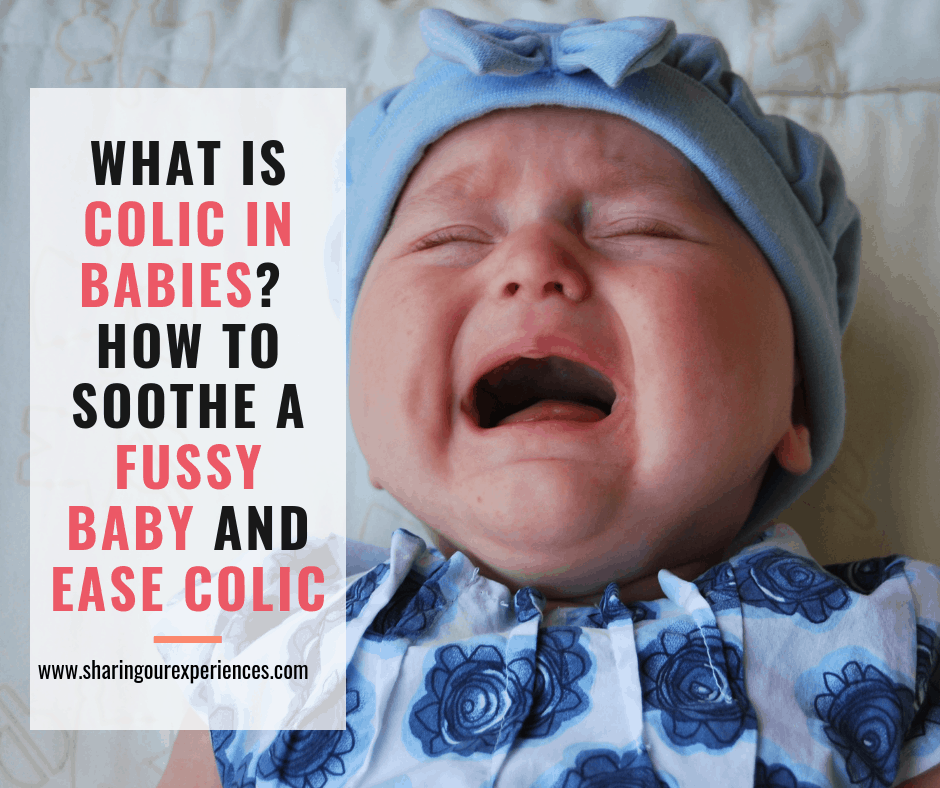
All about colicky babies What can you do to help
Colic is when a healthy baby cries for a very long time, for no obvious reason. It is most common during the first 6 weeks of life. It usually goes away on its own by age 3 to 4 months. Up to 1 in 4 newborn babies may have it. Colic is defined as when a baby's crying: Lasts for more than 3 hours a day. Happens more than 3 days a week.
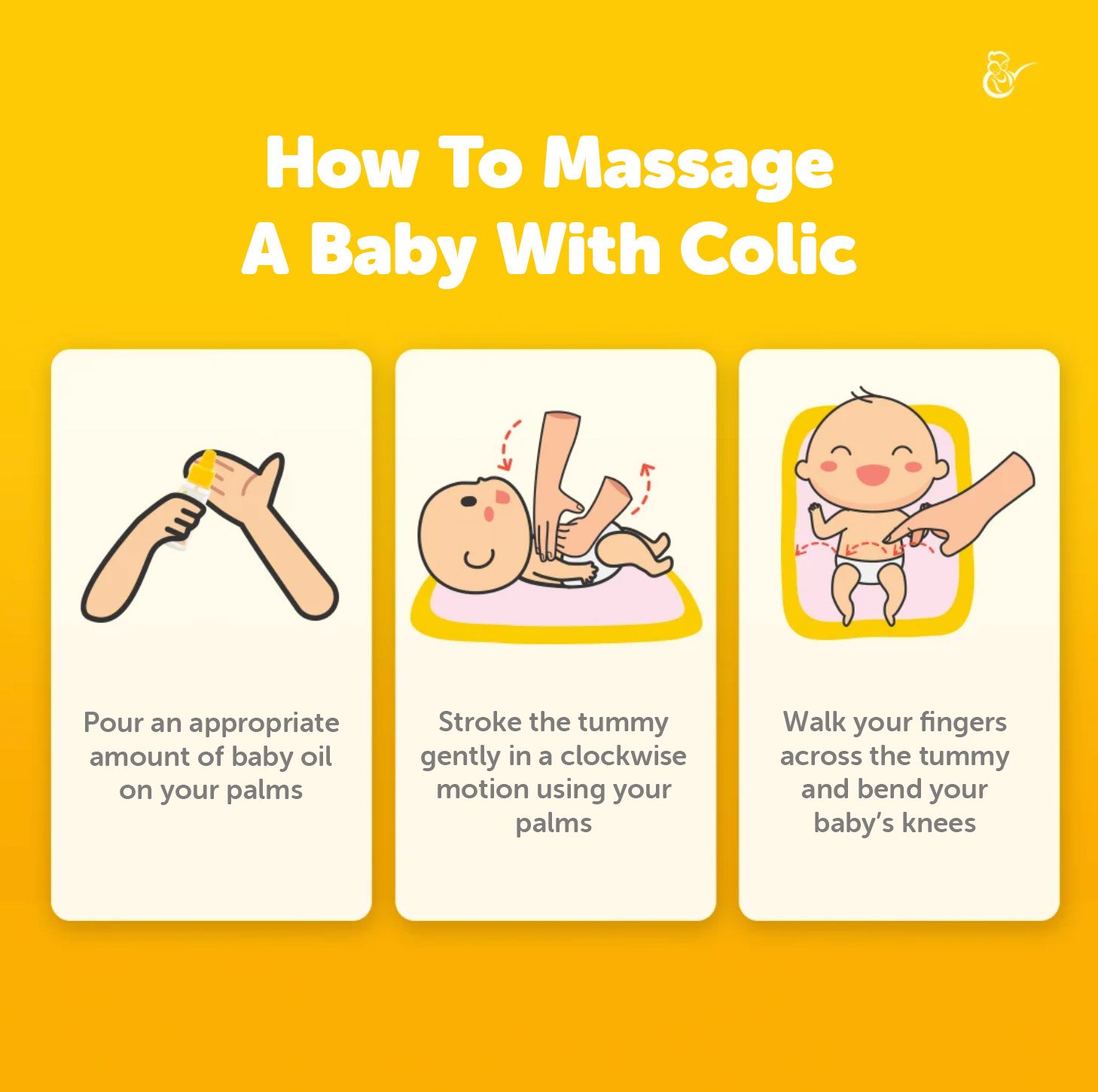
Signs Baby Has Colic And How To Relieve Colic in Babies
Many babies with colic have gas, but gas can be the result of crying — air is swallowed when a baby cries or nurses, and all the trapped air can make your baby feel uncomfortable. Digestive issues. This can include if your baby's digestive system is still underdeveloped or there is an imbalance of healthy bacteria in the digestive system.
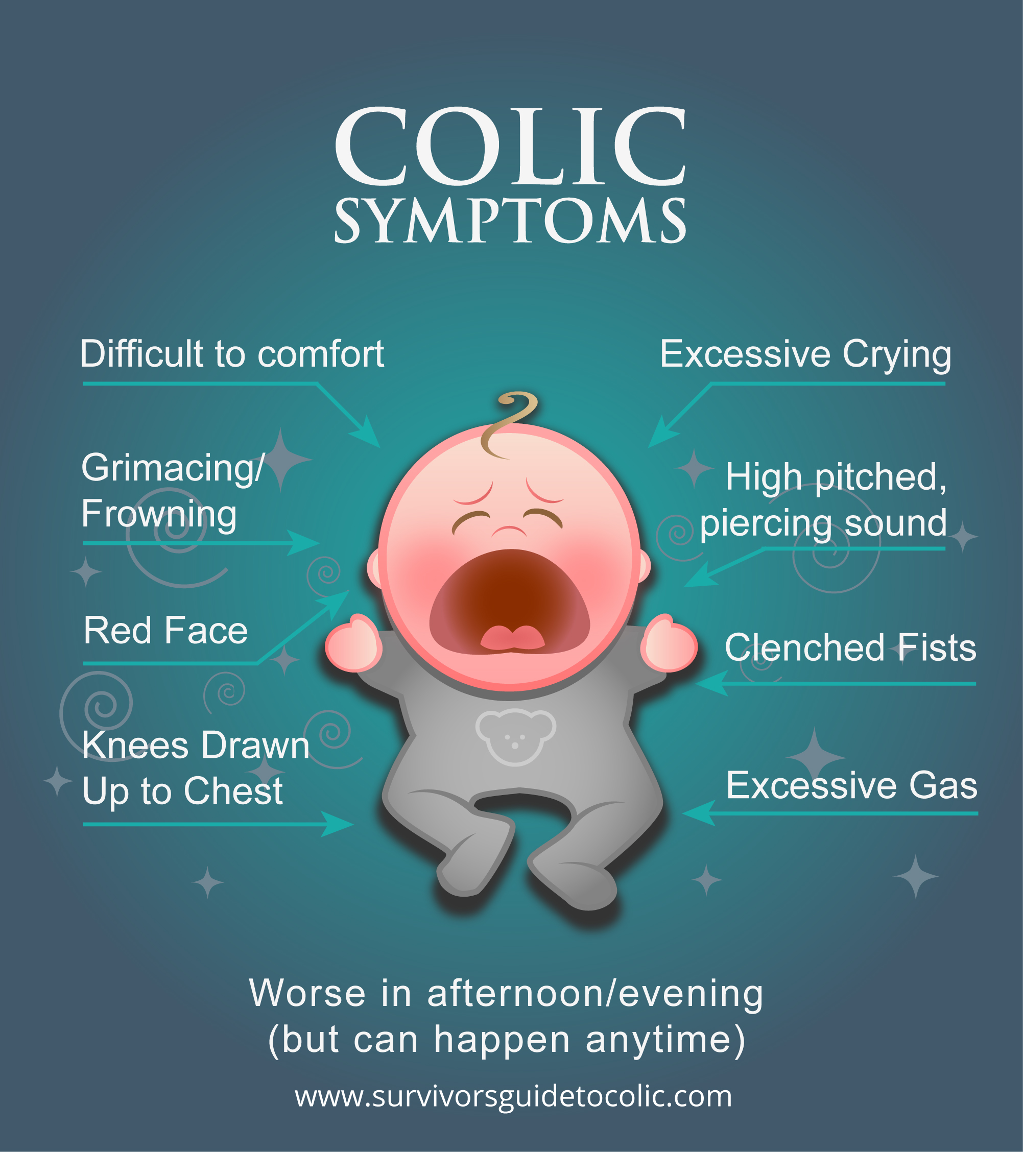
How Do I Know If Baby Is Colic Baby Viewer
Infantile colic is a common condition causing abdominal discomfort in newborns during the first few weeks after birth. The etiology of colic is still unknown, as the studies conducted so far have been restricted due to inadequate blinding and conflicting or inconsistent results.

5 Best Baby Formulas for Colic (2023 Guide)
Baby colic is frequent, intense, prolonged crying or fussiness in an otherwise completely healthy baby. The onset of colic is sudden and almost always takes parents by surprise. About 15 to 25% of babies have colic diagnosed - when experiencing colic, they'll cry more than they normally do, inconsolably and for no apparent reason..

Caring for a Baby With Colic (And Yourself) Dads Adventure
Baby / Crying & Colic Colic in babies: What it is, how long it lasts, and what you can do Colic usually starts when a baby is about 2 weeks old, peaks around 6 weeks, and ends by 4 months. Though colic is common, the constant, excessive crying is hard to cope with.
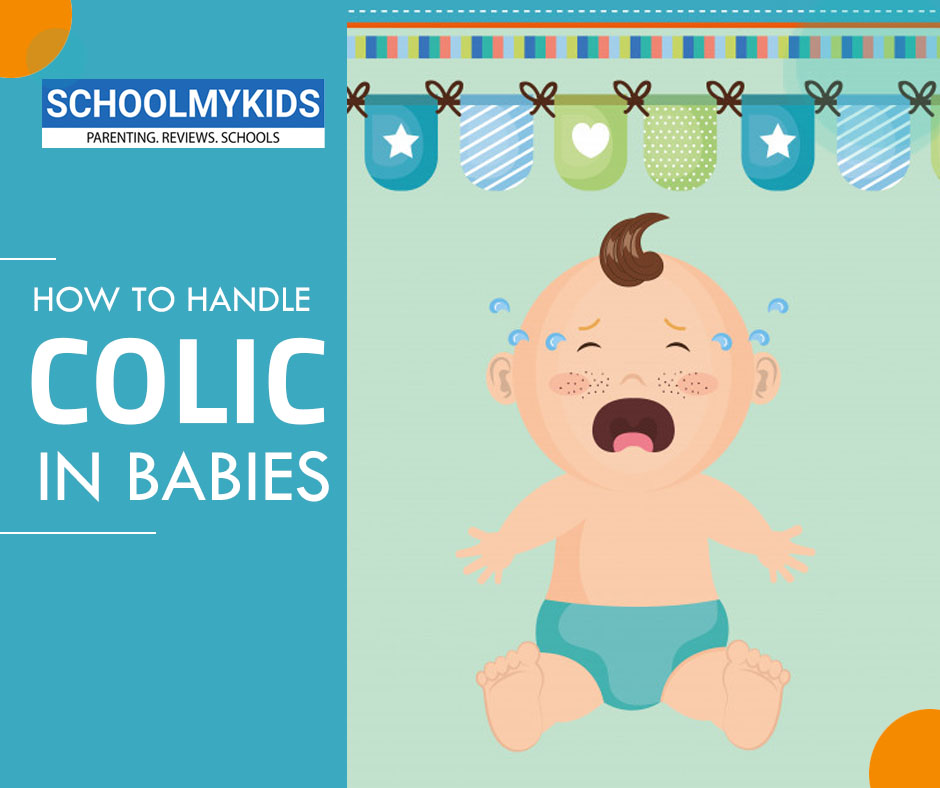
How to Treat Colic in Babies Signs, Symptoms & Treatment SchoolMyKids
Colic is the word used to describe a condition when a healthy baby cries for more than three hours per day, more than three days per week, for three or more weeks, and is hard to console or comfort. With a colicky baby, the bouts of crying typically intensify and last as the day goes on, and can worsen in the evening, typically between 6 pm and.

Colic symptoms in babies Omega Pharmacy and Clinic
Infantile colic is a benign process in which an infant has paroxysms of inconsolable crying for more than three hours per day, more than three days per week, for longer than three weeks. It.
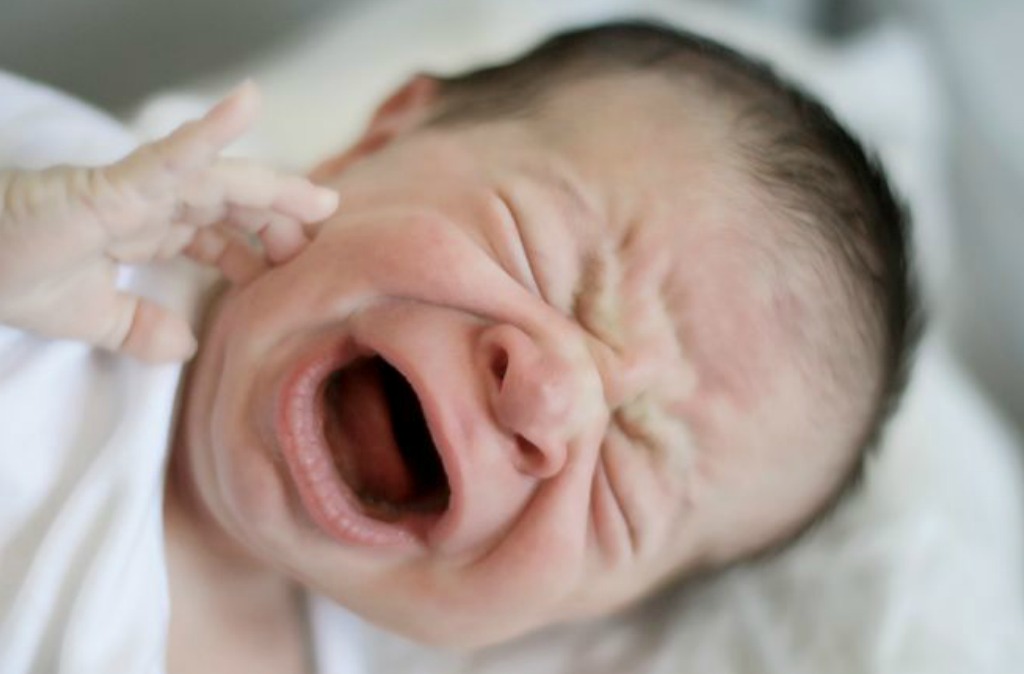
Colic What it is, How to handle it and Shaken Baby Syndrome in Malaysia Mother, Baby & Kids
Colic means your otherwise healthy baby cries excessively for no apparent reason. Healthcare providers define colic as intense crying for more than three hours a day, at least three days a week, for more than three weeks. Often, there's nothing you can do to relieve your crying baby. All babies cry — it's the way they communicate their needs.

Colic in Babies Causes, Signs and Remedies YouTube
Colic in Babies by Colleen de Bellefonds Medically Reviewed by Marvin Resmovits, M.D. | June 21, 2021 Cara Slifka/Stocksy Got an infant who cries for hours and resists your every effort to soothe those tears? Read on for the signs of colic, the causes and remedies to get you through. In This Article What is colic? show all